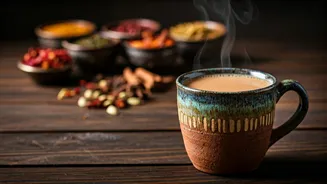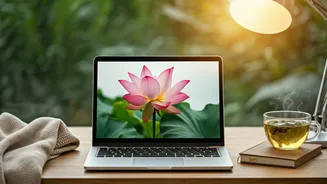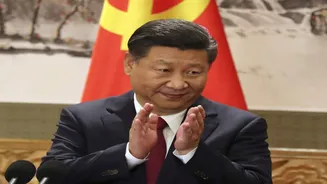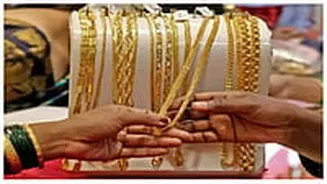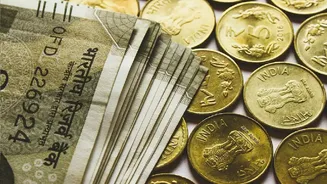Tea and Indian Life
Milk tea holds a unique place in India, integral to countless moments and memories. It's a key ingredient in many drinks and sweets, creating an enduring
connection with tea. The addition of milk provides a smooth texture while spices like cardamom and ginger infuse flavour and aroma. Sugar then contributes richness, turning tea into a comforting experience that is not merely a drink, but a ritual and a means to unwind.
A World of Tea
Tea preferences span the globe, with distinct variations in preparation. While some countries maintain traditional, light tea drinking styles, such as in Europe, India embraces a bold, rich, and social approach. In places such as China and Japan, tea culture revolves around purity and the leaves’ quality. The British also incorporate milk, but in small amounts to keep the tea delicate and mild. In stark contrast, India's tea experience is marked by its embrace of milk tea, creating a unique identity and preference.
Tea's Colonial Arrival
Tea's story in India began with the British in the 19th century, not with its indigenous roots. The East India Company cultivated tea to challenge China's dominance in the global market. Primarily meant for export and the British elite, the initial focus was not local consumption. However, the presence of tea was later integrated into Indian life by the mid-20th century. This shift led to the emergence of tea stalls and _chaiwalas_ as a staple of everyday life, offering a common experience across the diverse nation.
The Milk Tea Transformation
The British, in the early 1900s, began promoting tea consumption among Indians, adding milk and sugar to enhance its appeal. This approach proved successful, resulting in a transformation of tea drinking. The British initiated a trend that Indians not only adopted but innovated, creating a national habit. The marketing strategy worked well, and quickly, people couldn't imagine a day without a cup of _chai_.
Regional Chai Flavours
As tea's popularity spread across India, various regional flavours evolved. These included ginger, cloves, cardamom, and cinnamon. This blend of spices and milk brought about Masala Chai, a globally recognised beverage. This shows how cultural traditions, like tea, could be shared and altered and would evolve further depending on the region's people.
